
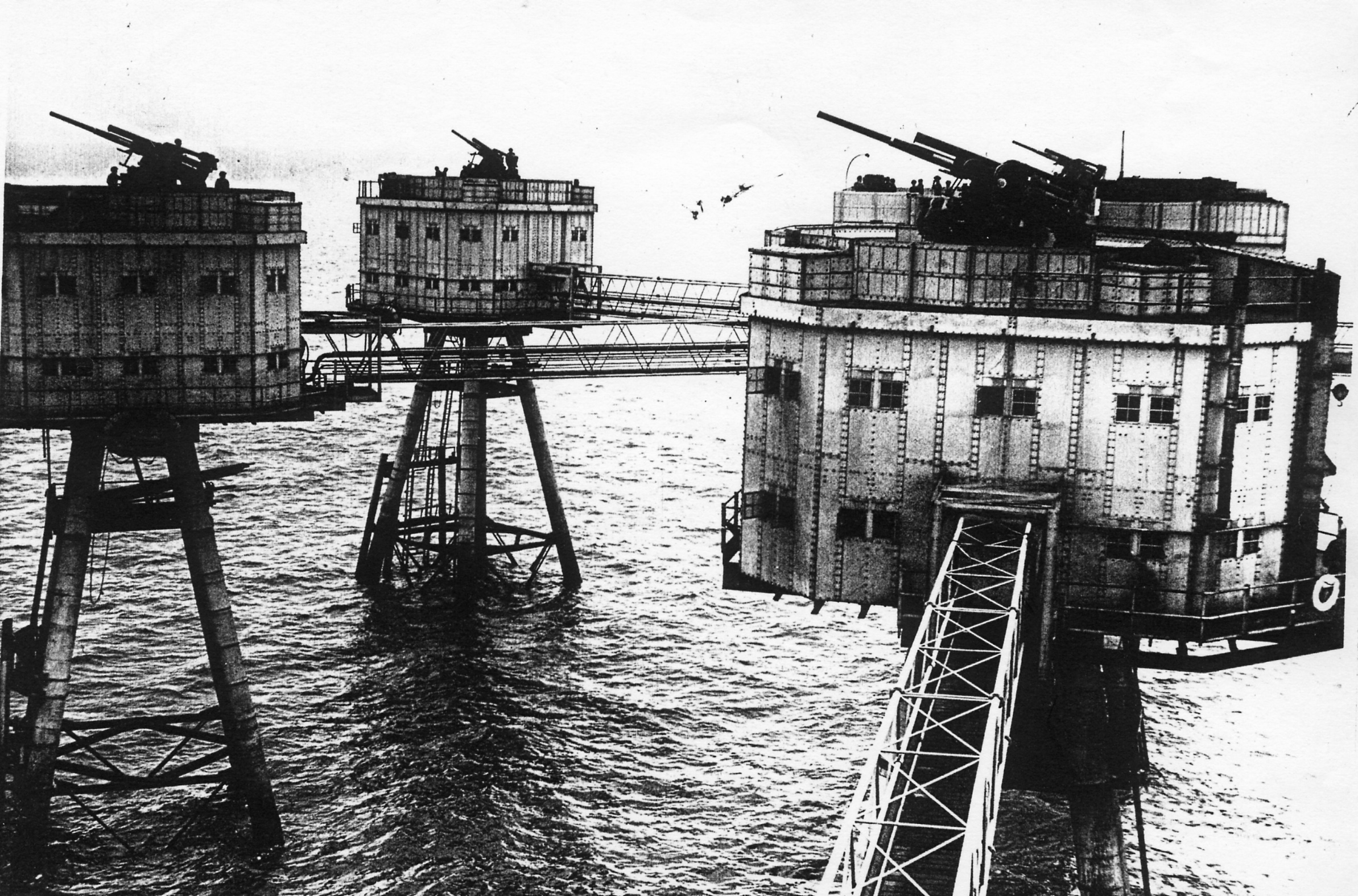
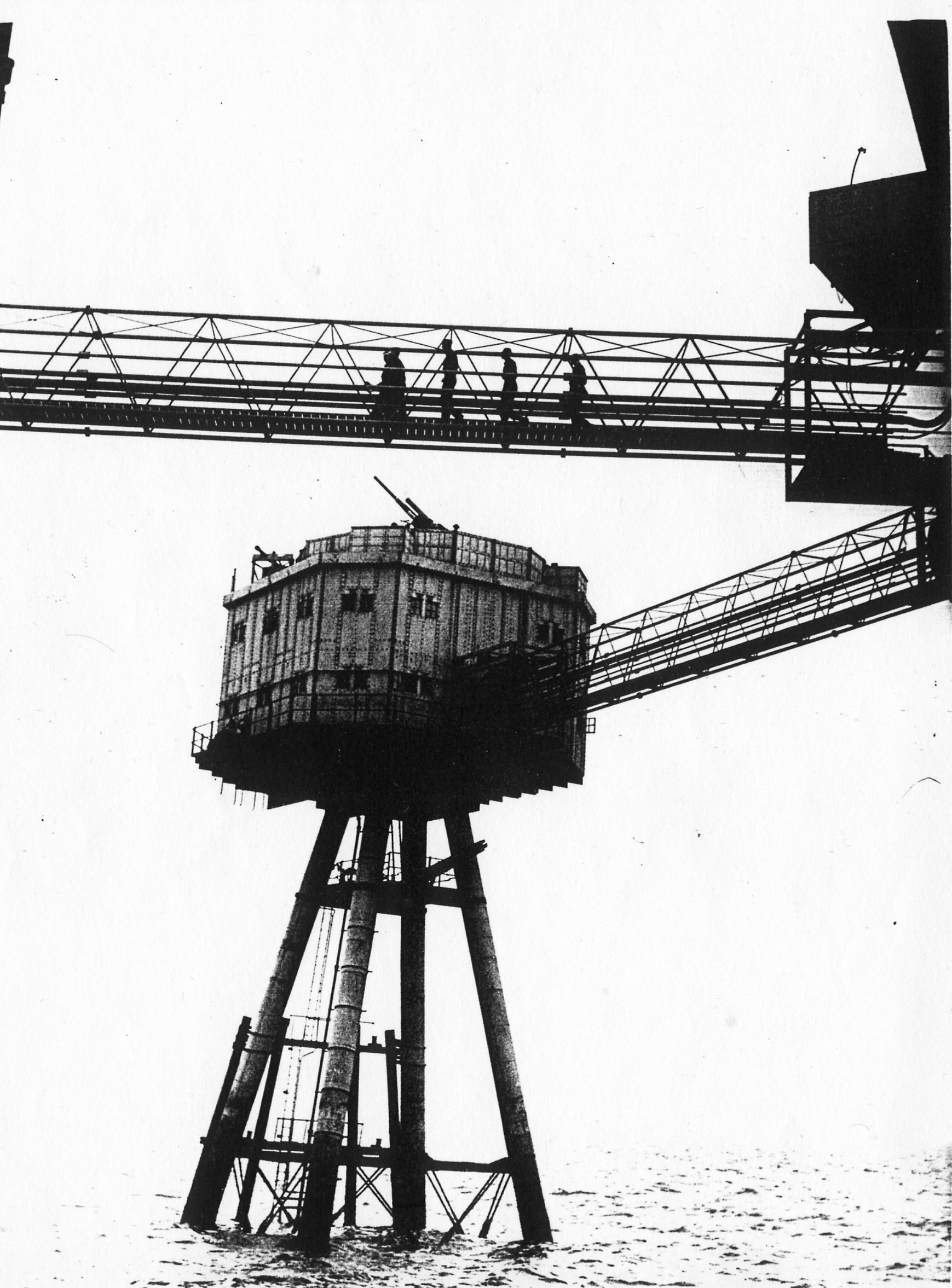
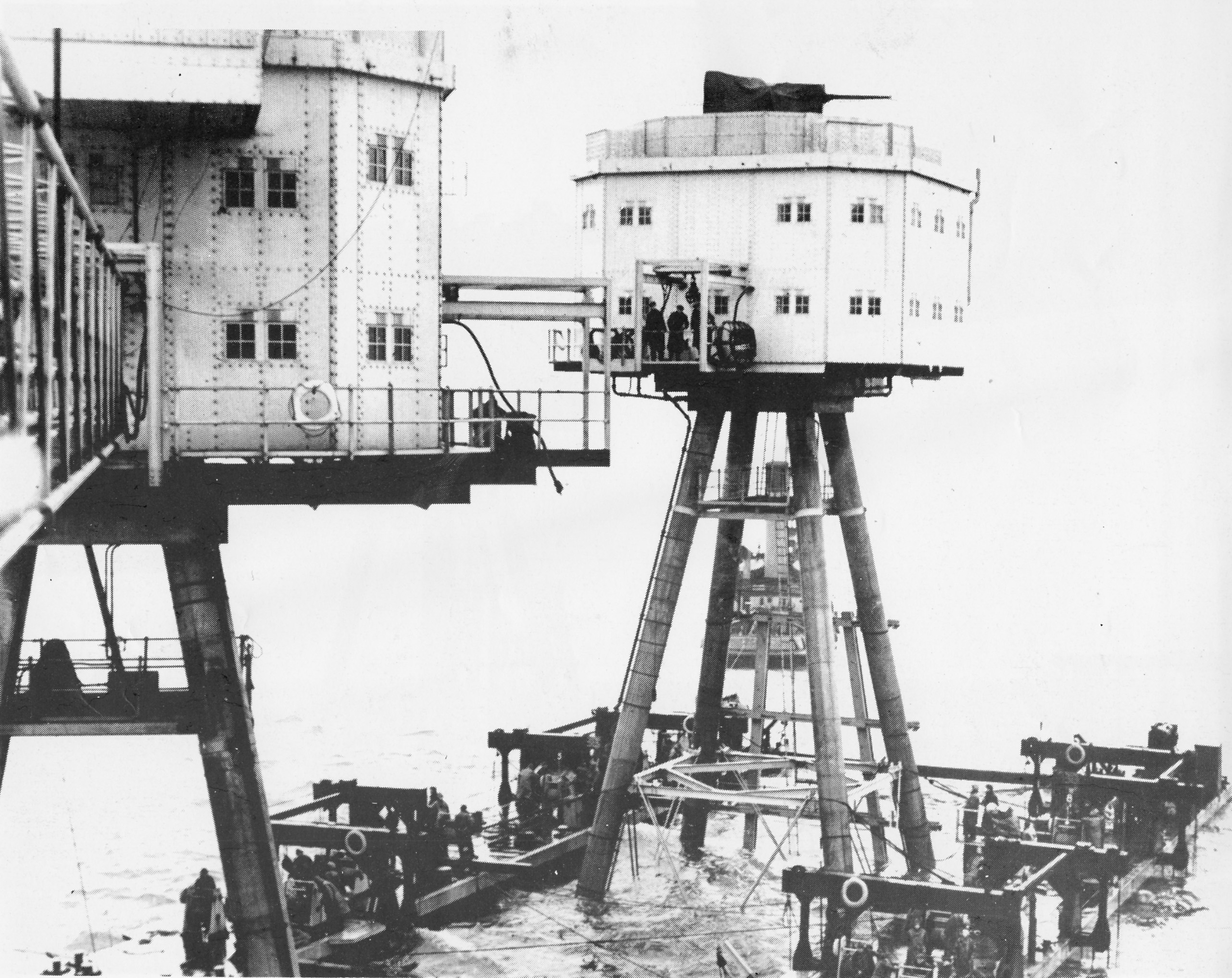
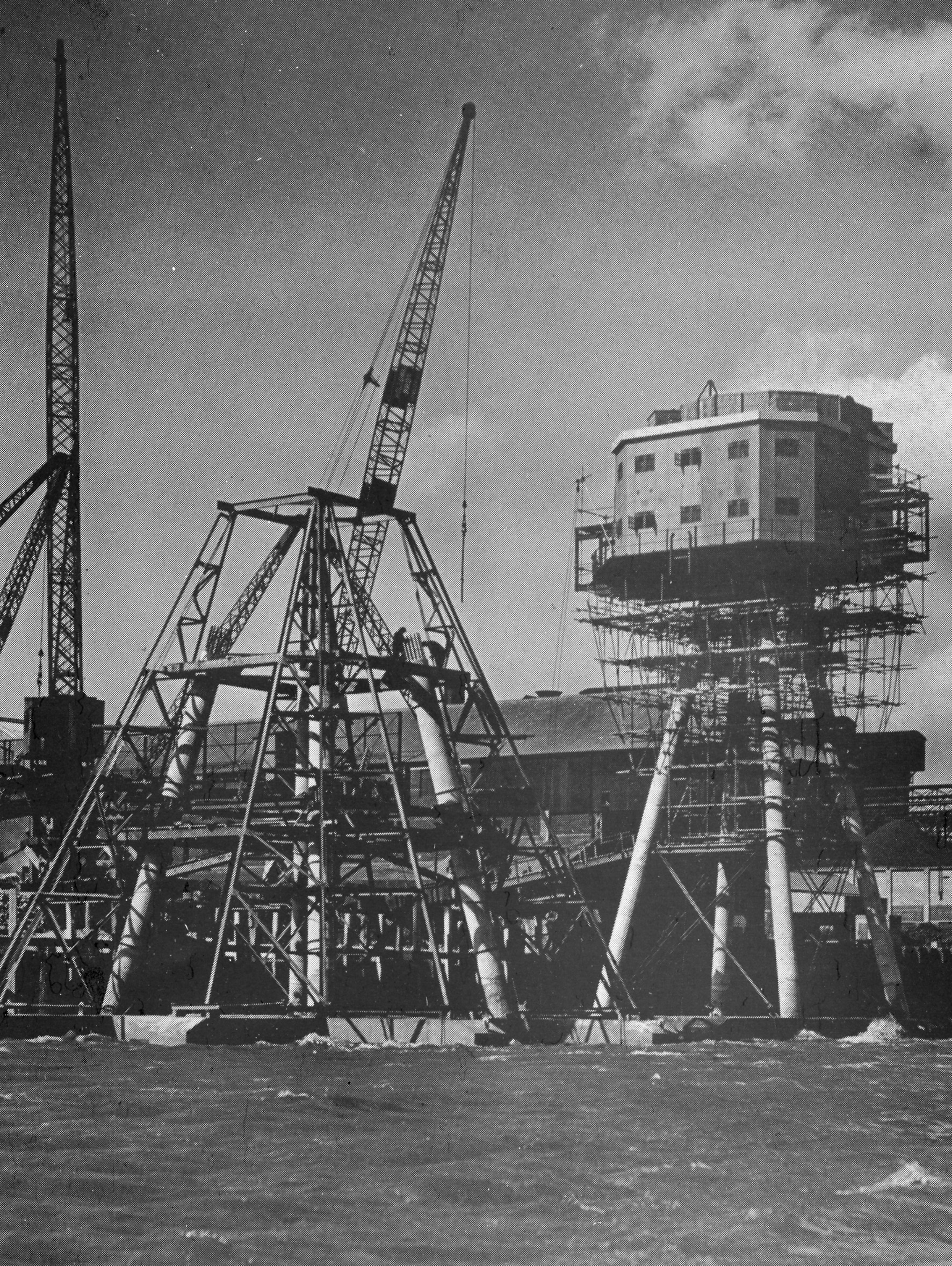
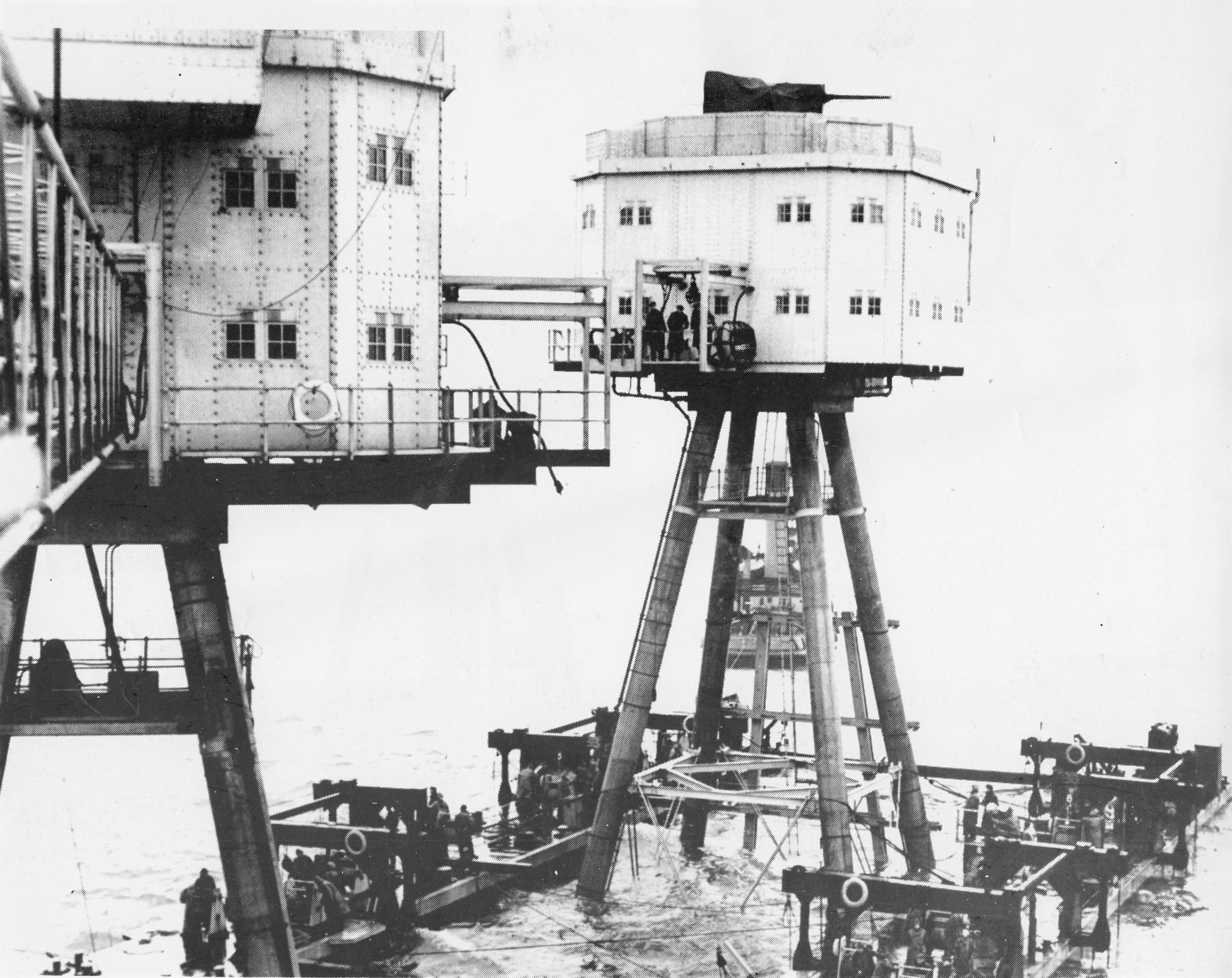
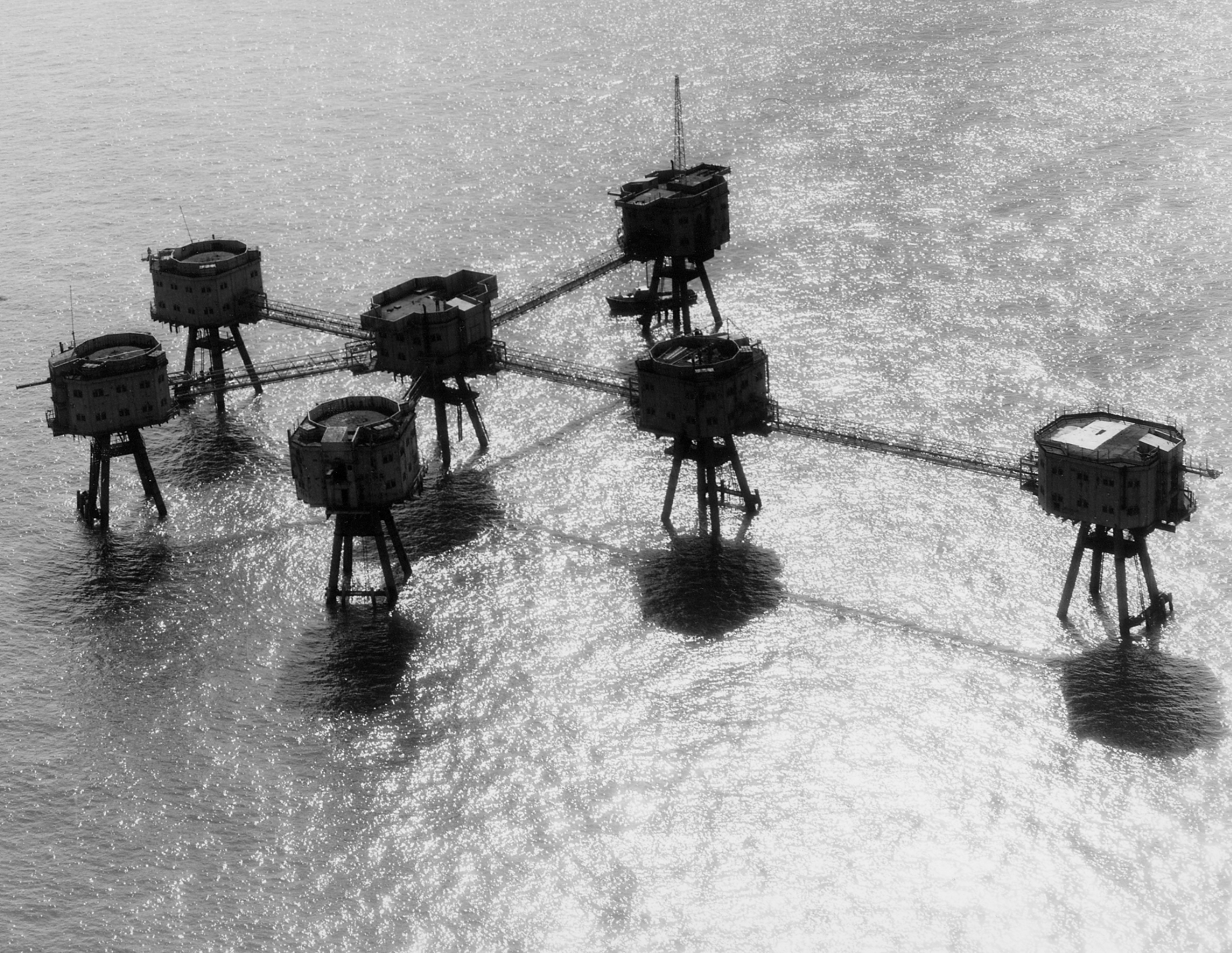
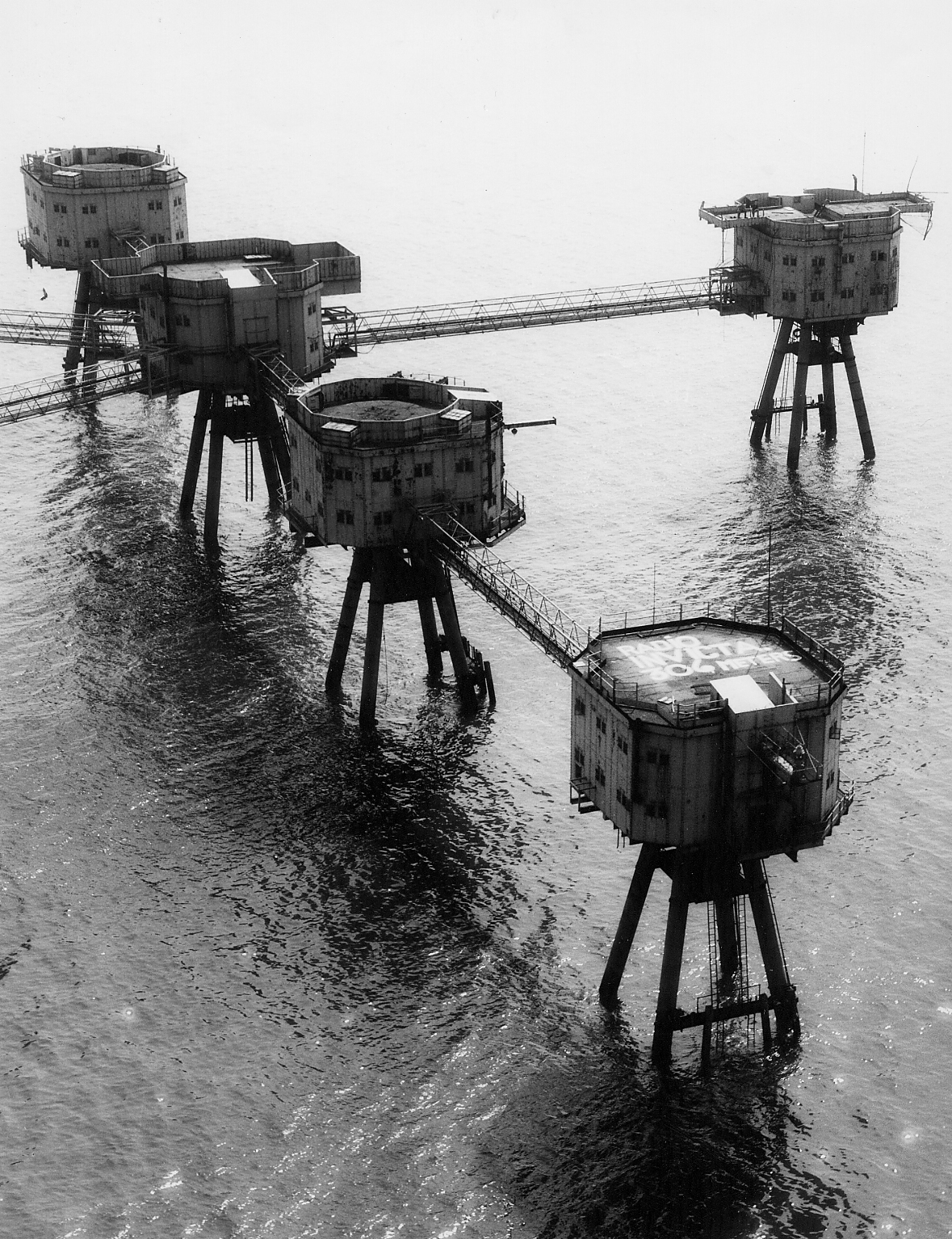
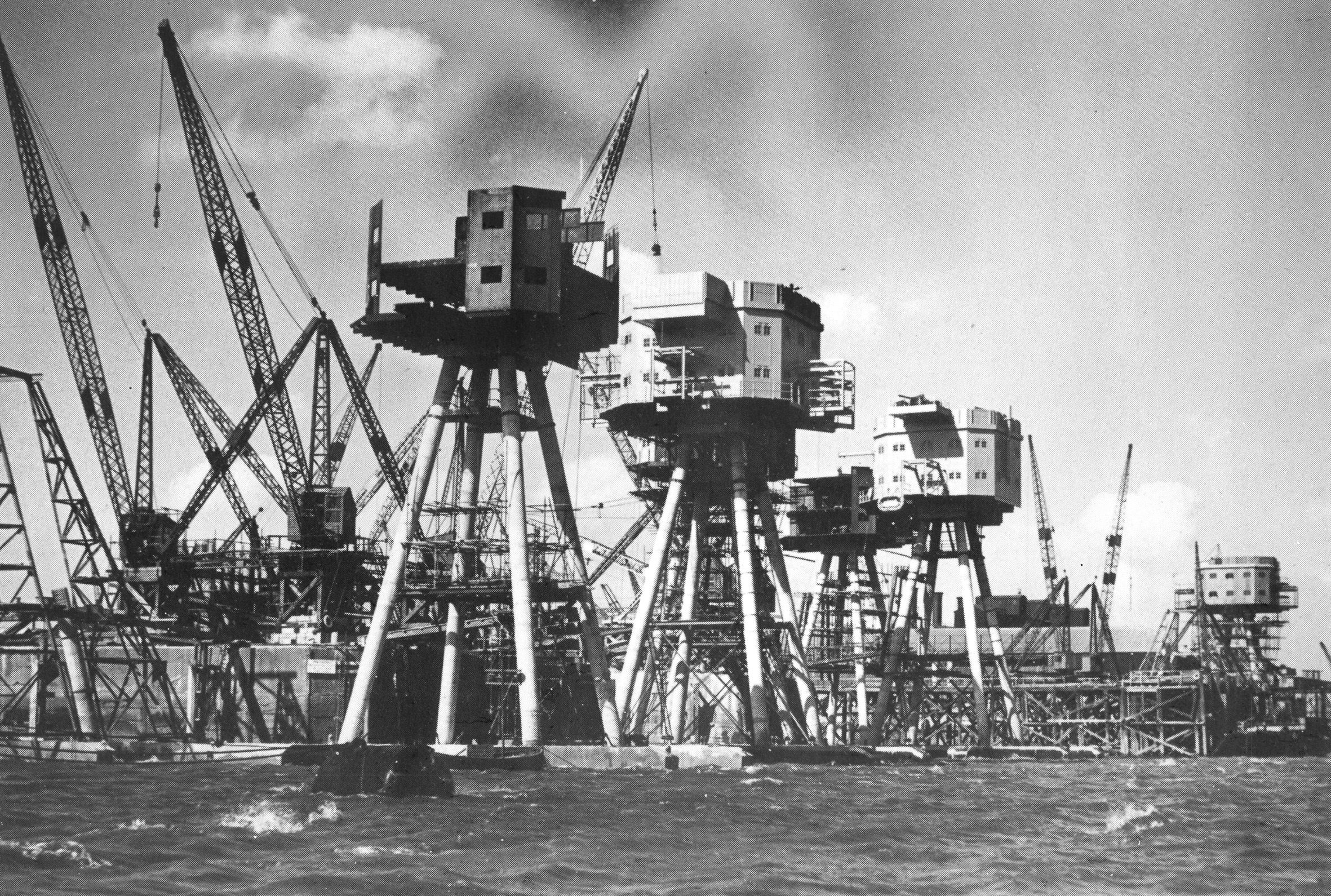
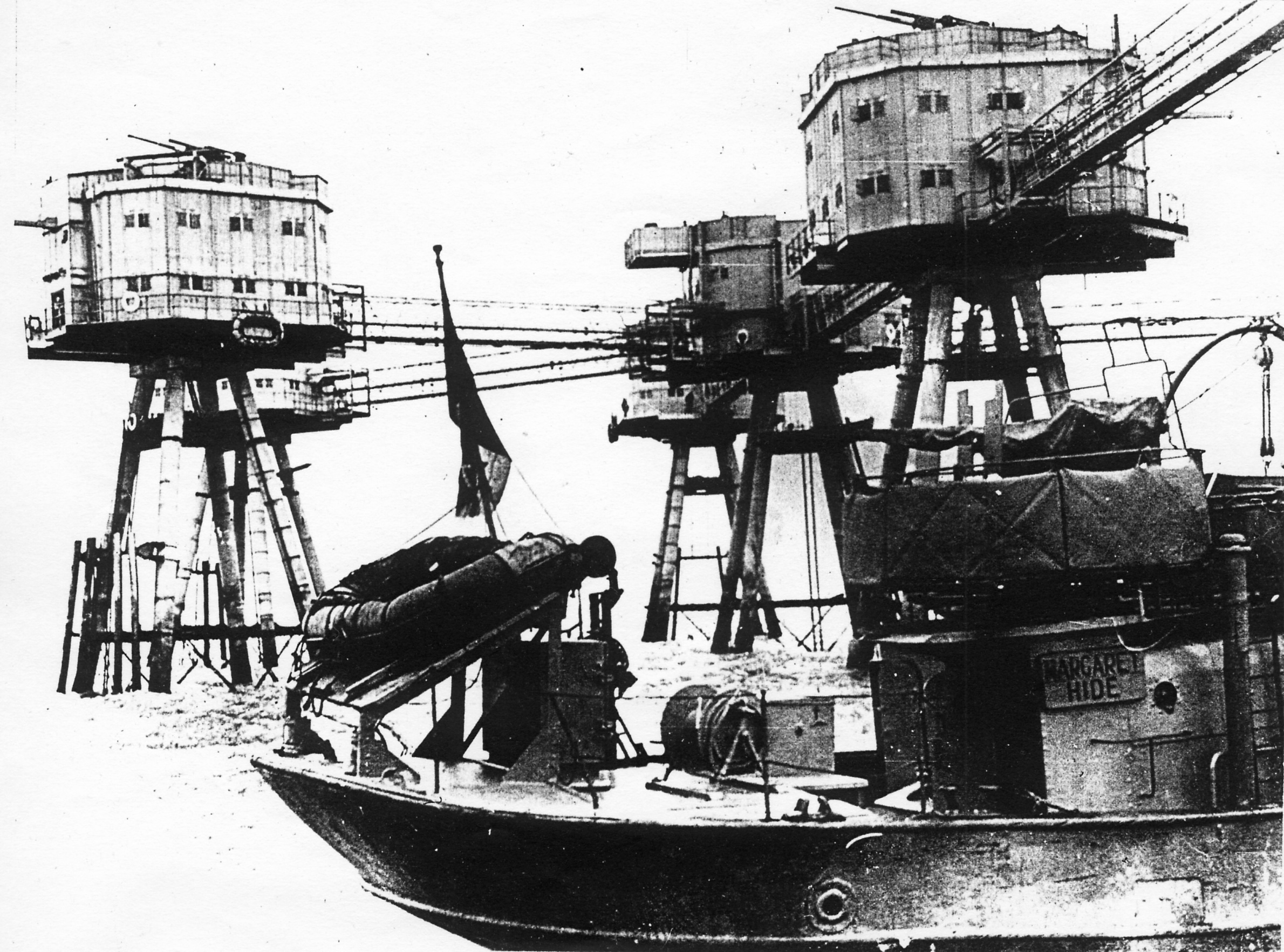
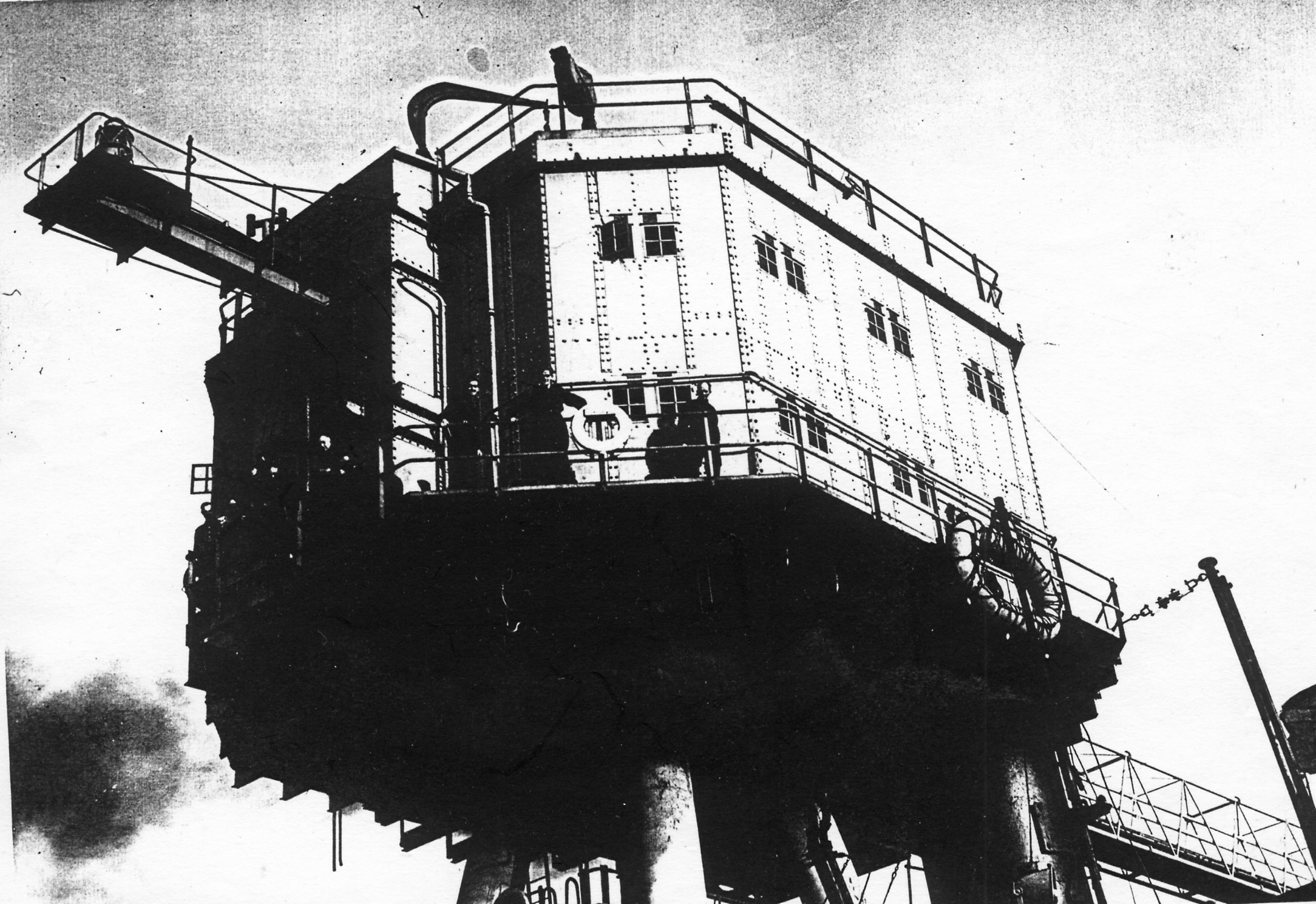
War Time
At the outbreak of World War II, the Port of London was the busiest port in the world. As such, a large proportion of supplies to the UK entered by ships navigating the Thames. The German Navy quickly sought to put a stranglehold on this route, and to this end, utilised a new secret weapon – the magnetic influence mine. Whilst there were different variants of this mine, in simplistic terms, the mine was detonated by the presence of a large magnetic object – such as a steel hulled ship – passing in close proximity, without having to make physical contact.
So successful was this that in the first few months of the war, over one hundred ships were sunk in the Thames Estuary alone. It was clear that urgent action was needed to stem these losses, and as most mines were laid by aircraft, ships were requisitioned and used as mobile anti aircraft units. However, this was not altogether successful, and a more satisfactory solution was needed.In the early years of the war, Guy Maunsell, a civil engineer, had produced plans for offshore defences.
At the time his ideas were considered somewhat eccentric, but he was asked to submit plans for an offshore fort as an effective means of dealing with the laying of the mines. Plans were drawn up, and after some modification, approval was given for the manufacture and installation of 3 sets of Army Forts and 4 Navy Forts in the Thames Estuary.
As a result of German mining activity at the outbreak of war in September 1939, an urgent need arose to protect the waters of the Thames Estuary from small naval craft aircraft sowing magnetic mines. The initial answer was the placing of four Naval Sea Forts, each armed with two 3.7” Heavy AA guns and two 40mm Bofors guns, in the Estuary, located as follows: one 7 miles off Harwich, Essex, one 7 miles off Frinton on Sea, Essex, one 5 miles off Margate, Kent and one 12 miles off Herne Bay, Kent. Each of these Forts was manned by 120 men and three officers with crews rotating every six weeks to shore bases at Harwich for the Essex forts and Sheerness for the Kent Forts.
Each fort accommodated up to 265 men. Both Army and Navy forts successfully acquitted themselves during the war years. The Thames forts shot down 22 planes, 30 flying bombs, and were instrumental in the loss of one U-boat, which was scuttled after coming under fire from Tongue sands tower. After the war the forts were placed on ‘care and maintenance’, however as the need for their continued use diminished, they were abandoned, and the guns removed from the Army forts, in 1956.The Nore fort was dismantled in 1959 being considered a hazard to shipping [two towers were lost following a collision in 1953] whilst one of the Shivering Sand towers was similarly lost in 1963.In 1964, Radio Caroline began broadcasting from a ship moored outside UK Territorial Waters.
After the War
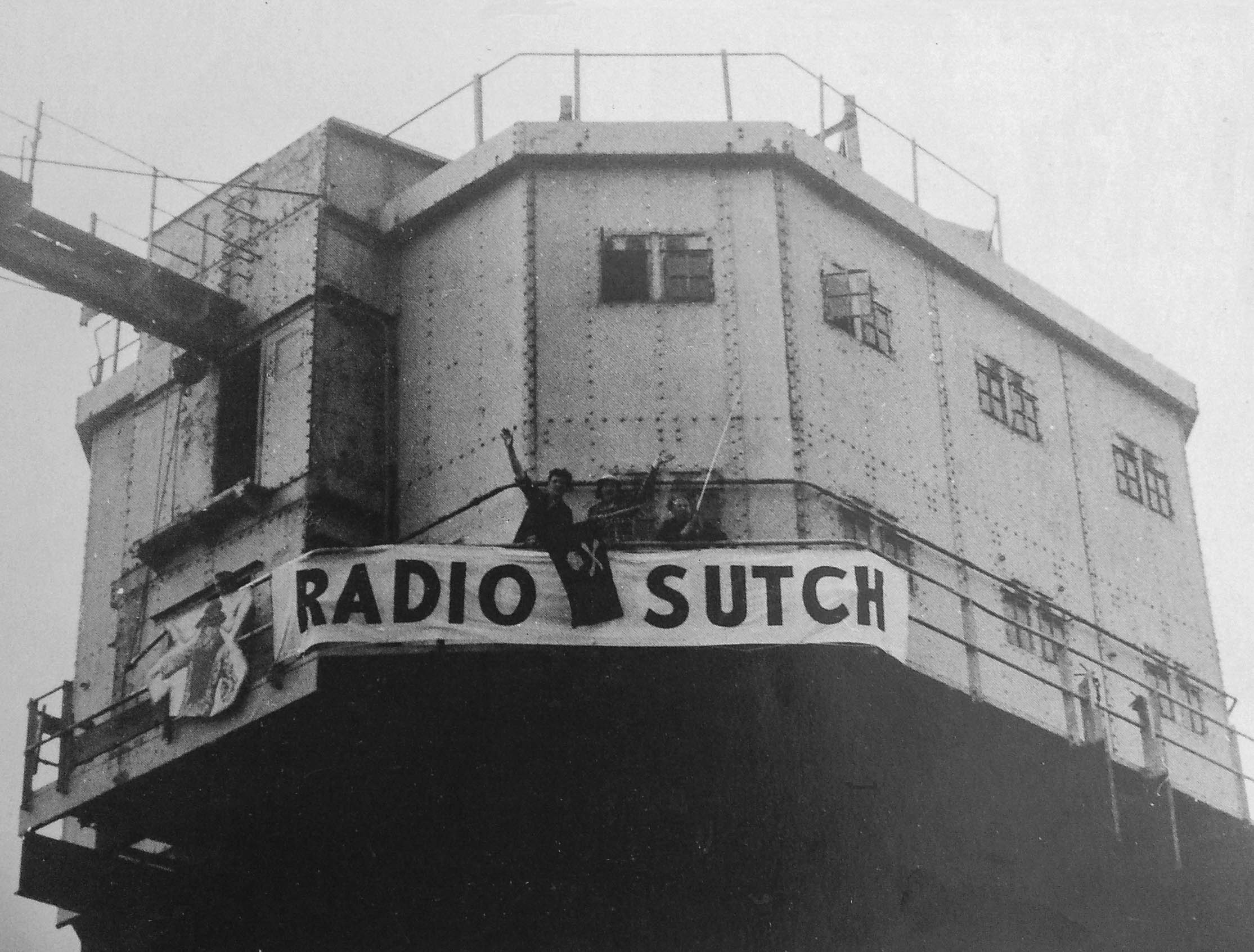
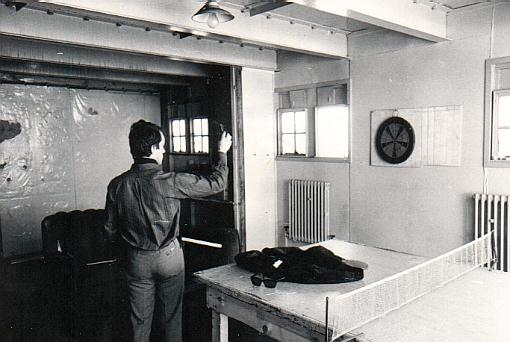
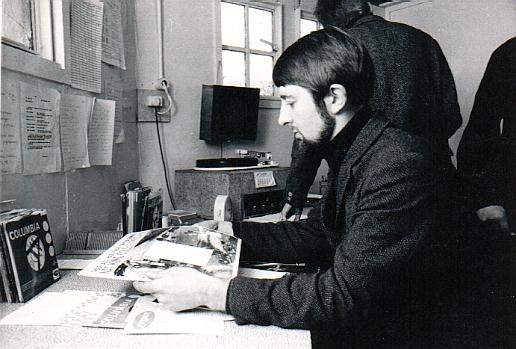
After the war the forts were placed on ‘care and maintenance’. However as the need for their continued use diminished, they were abandoned, and the guns removed from the Army forts, in 1956.The Nore fort was dismantled in 1959 being considered a hazard to shipping [two towers were lost following a collision in 1953] whilst one of the Shivering Sand towers was similarly lost in 1963.In 1964, Radio Caroline began broadcasting from a ship moored outside UK Territorial Waters.
Other broadcasters followed with pop star Screaming Lord Sutch establishing Radio Sutch on the Shivering Sand Towers – much to the embarrassment of the Government. Radio Sutch became Radio City, whilst other forts were occupied to become Radio 390 [Redsand], Radio Essex [Knock John], and Tower Radio [Sunk Head]. The forts fell silent after a number of prosecutions in late 1966/67. It was accepted that all were within territorial waters, other than Roughs and Sunk Head. Sunk Head was destroyed by the Royal Engineers shortly after the Marine Broadcasting Offences Act became law, although Roughs has been occupied since 1967 to this day as the quasi independent Principality of Sealand.
Tongue Fort collapsed following a severe storm in 1996, although had been abandoned as long ago as 1947, after the reinforced pontoon base broke its back, and one of the legs developed a list.The remaining Army forts had their catwalks removed for safety reasons, and apart from some usage by the SAS as simulated oil rig assault training, all have remained largely unchanged, and are viewed from the coast as a curiosity on the horizon, by the casual observer.
The maintenance crews were in occupation from May 1945 until April 1956 when it was decided to remove the guns and abandon the Forts. On March 1st 1953 a ship, the “Baalbeck” ran into the Nore group of towers in thick fog and knocked over the Bofors Tower and a gun tower killing four of the installed maintenance crew. The Army seemed more concerned with the loss of equipment, two Bofors guns, a 3.7” gun and a large amount of equipment and stores, than the personnel whose relatives were paid paltry sums as compensation for the loss of their loved ones. Subsequently in 1959 the Nore group of towers were removed and scrapped.
Another accident happened in 1963 when in June a ship the “Riberborg” crashed into the Shivering Sand Fort and demolished a gun tower. Fortunately, no one was on board at the time and there were no casualties. Thus, Shivering Sand Fort today consists of only six towers.
This left the Redsand and Shivering Sand Forts remaining out of the three sets and following a period of occupation by the Radio Pirates from 1964 to 1967 the Forts were sanitized by the Admiralty who removed access ladders and catwalks to deny people access.
Construction
The towers were built at the Red Lion Wharf site in Gravesend, towed down river and lowered by hand winch onto the sea bed, each tower taking up to eight hours to be placed in position. The first set of towers were placed at the Nore between May and July 1943.
Each tower was built off a reinforced concrete base of ‘Oxford picture frame’ design. Four hollow reinforced concrete legs of 3’ diameter supported the 36’ x 36’ steel house of two floors, with the military equipment installed on the top deck. Each fort comprised seven towers linked by tubular steel catwalks. Three forts were built in the Thames estuary, between May and December 1943. They were known as the Nore, Redsand and Shivering Sand Army Forts.

Future Plans
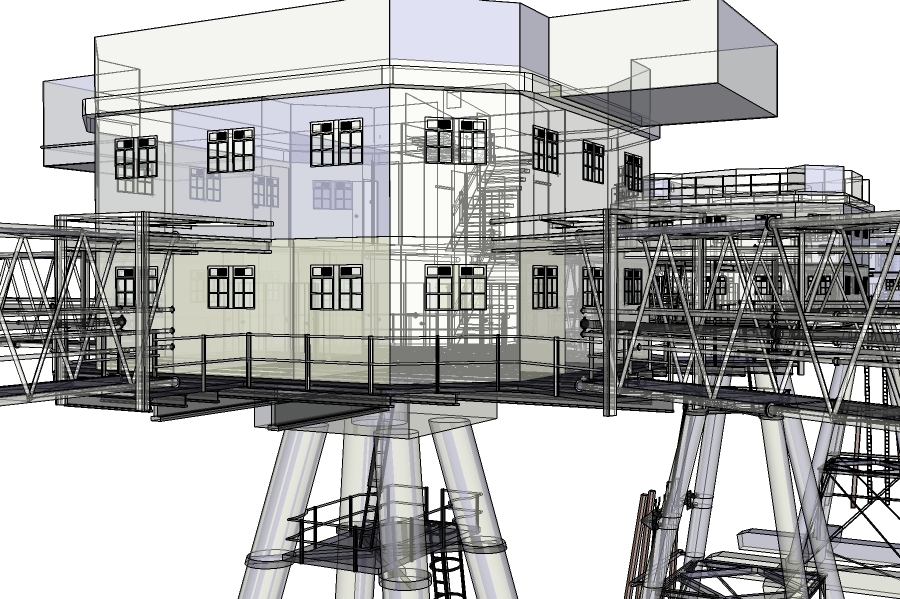
Today, Redsand Fort as the only complete structure as built in wartime is the focus of attention by Project Redsand, a group of enthusiasts with the aim of reinstating the Fort to its original built condition. Having had an underwater survey carried out by the Port of London Authority at a cost of around £5,000, work has progressed to installing a new access system to the G1 tower thanks to the generosity of Mowlem Marine (now Carillion) of Northfleet. Built at a cost of approximately £40,000, the access system enables project members to board the tower to commence restoration.
In time it is hoped a museum and other installations will enable the Fort to take its place as a monument to the ingenuity of Guy Maunsell who used the Army Fort design to pave the way for oil and gas exploration rigs in the North Sea in the 1950’s.
Donations
Can you spare a Penny ?
Project Redsand CIO is funded by voluntary contributions and donations.
Lets Preserve a Valuable piece of history!
Even a penny Helps!
Volunteering
Can you spare some Time ?
We are always looking for skilled people to help us with the restoration effort.
Join the team if you dare !
Together we can do it !
Connect with Us
Keep up to date !
Join us on social media and keep up to date with the latest news and events.
Group hug, anyone ?
Spread the word!
Monthly Newsletter
© Project Redsand CIO - Registered in England 1172590 - Privacy Policy